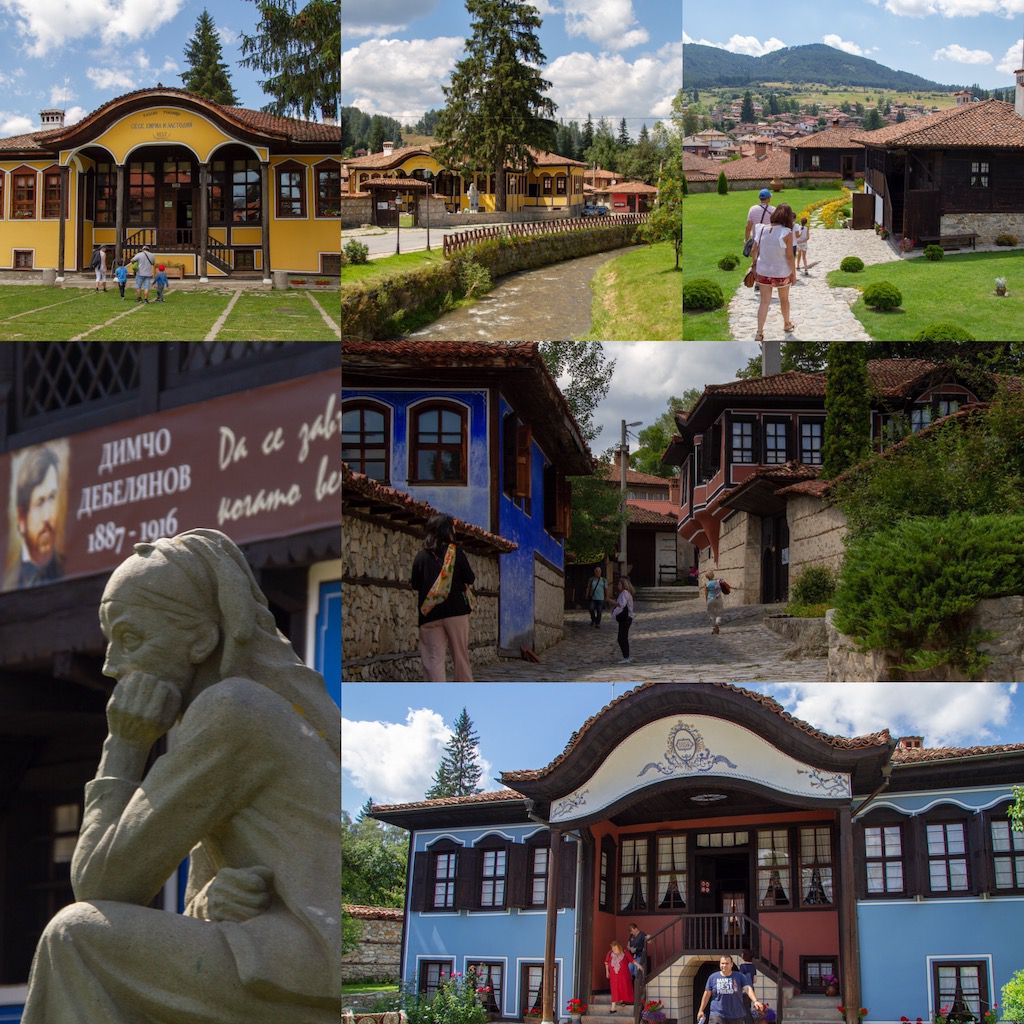
Date of visit: 15 July 2018, around noon
After leaving the city of Sofia, the next city I headed to was the city I will introduce here, Koprivshtitsa. This city is located in a mountainous area, about 111 kilometers away. From Sofia, we took the main regional road to the east, and after about an hour of driving on the highway, we turned off onto a smaller, narrower road to the south. At first, the road from Sofia was mostly flat and clear, and the road was well marked. However, when we turned off onto the main road to the city, the atmosphere changed to one of mountains and forest. Nevertheless, the road itself was very good and we arrived at Koprivshtitsa just before noon.
Very nice weather, and because it was Sunday, it was very crowded. Parking was a challenge. The only way to park was to park on the street in an open space. But somehow I was able to find a good spot in the sun near the entrance to the city.
Koprivshtitsa was born in the 14th century as a place where people who were deprived of their lands by the invading Ottoman Empire escaped and lived in hiding. However, in the 18th century, for some unknown reason, the sultan gave the city commercial privileges, and many people made a fortune in commerce, and the city gradually became rich.
The successful merchants of the Ottoman Empire built magnificent ethnic houses in the village, and the architecture reached its peak during the Bulgarian Revival in the 19th century. It was during the Bulgarian Revival period in the 19th century that the architecture reached its peak. Most of the nearly 400 buildings in the city have been restored to their original state.
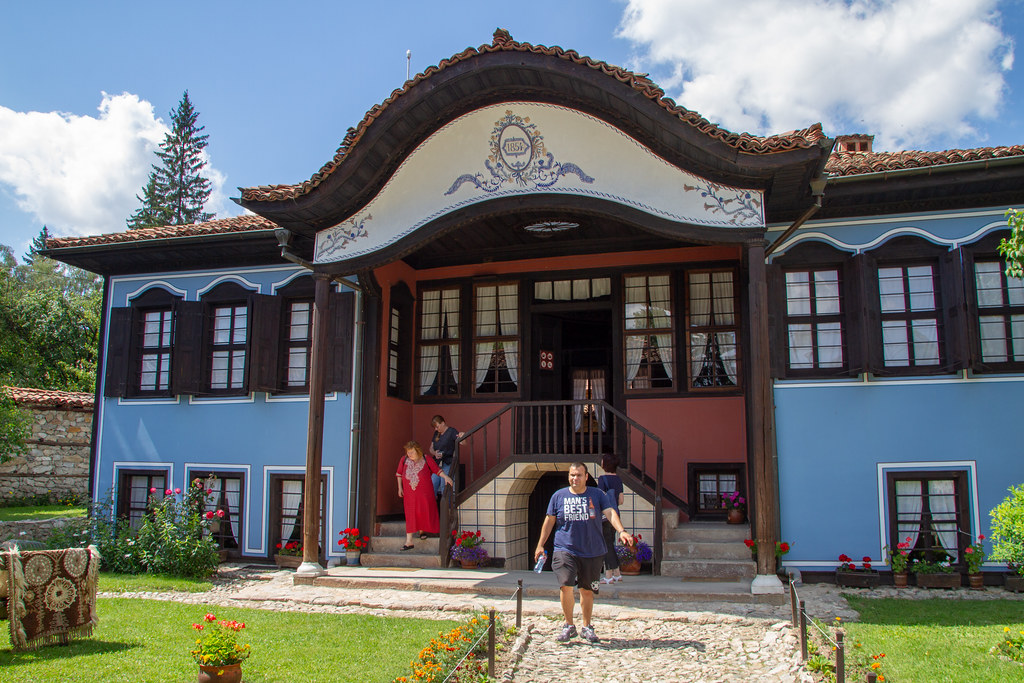


So, Koprivshtitsa is like a museum in itself, as if these ethnic mansions scattered all over the city are one work of art.
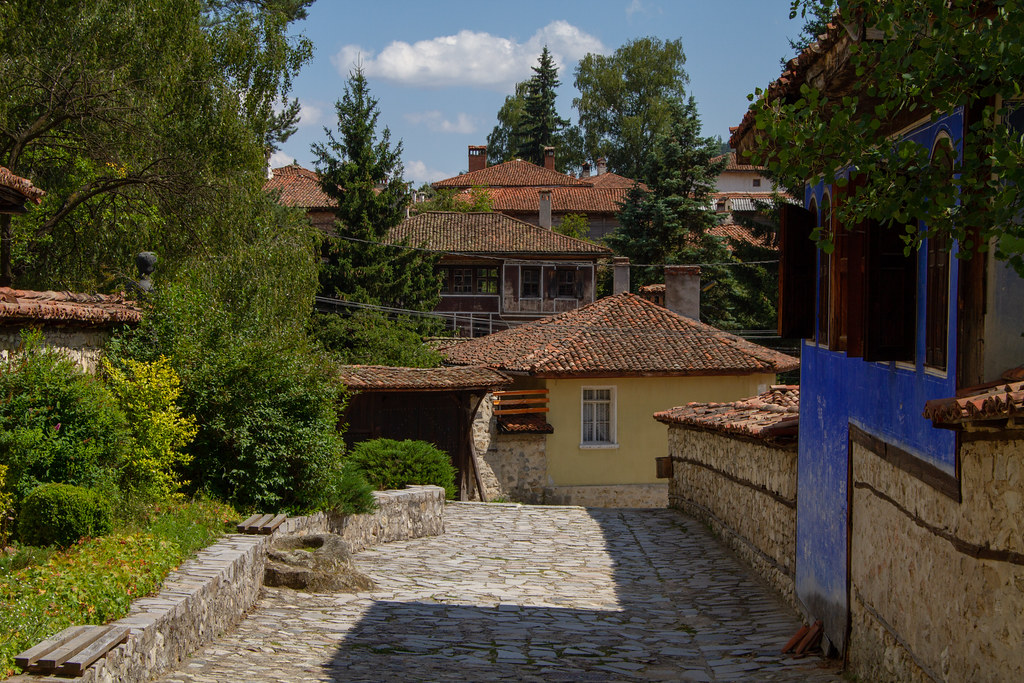



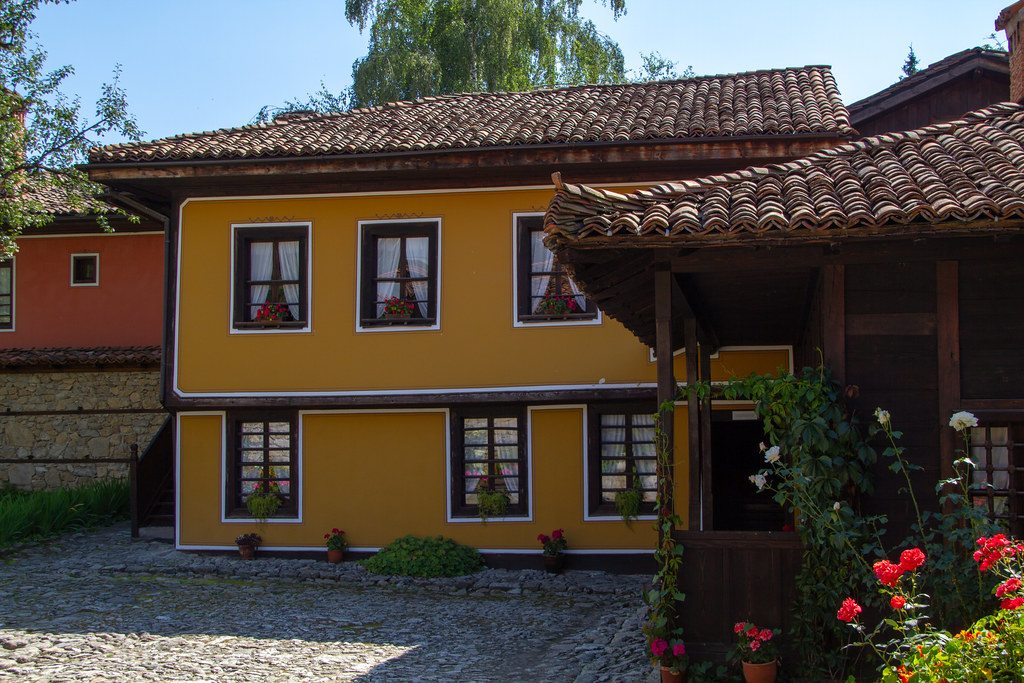
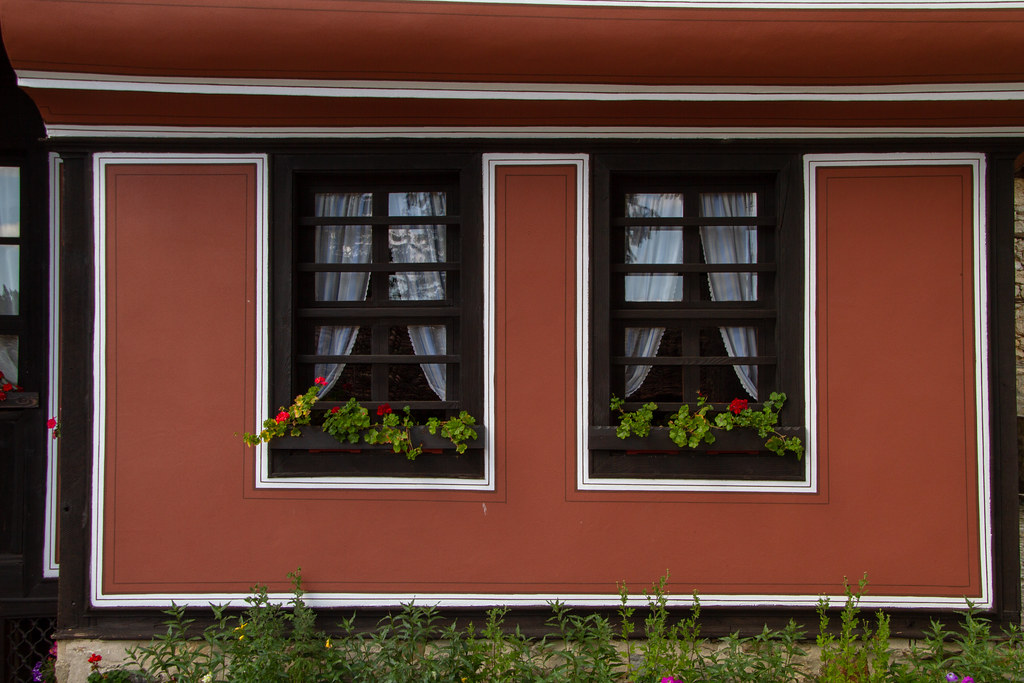
There is a tourist information center at the entrance of the town, where you can get a simple map and pamphlets.

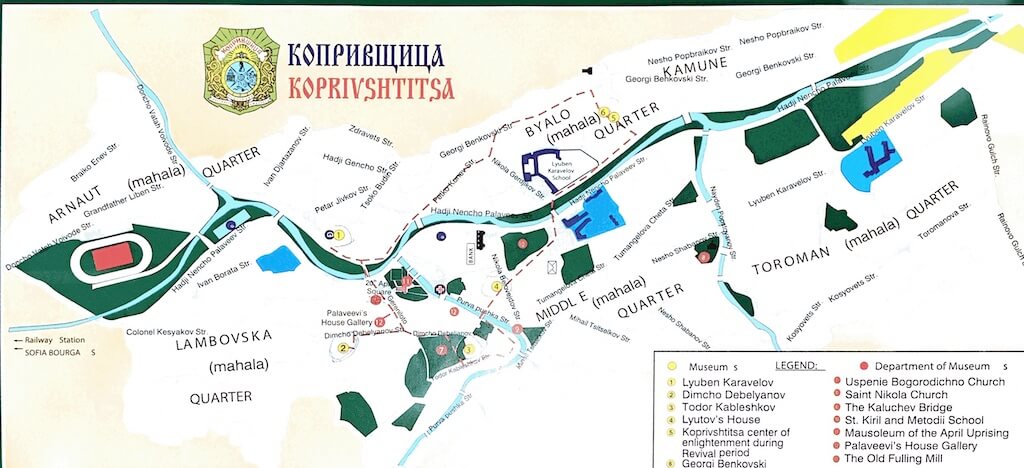
Now, these mansions, which adorn the village, are open to the public in various cases for free and for a fee, but many of them are open to the public inside, where you can see the ethnographic relics of the Bulgarians of the time, such as weapons, works of art from the Bulgarian Revival, crafts, textiles, embroidery, folk costumes, and treasures.


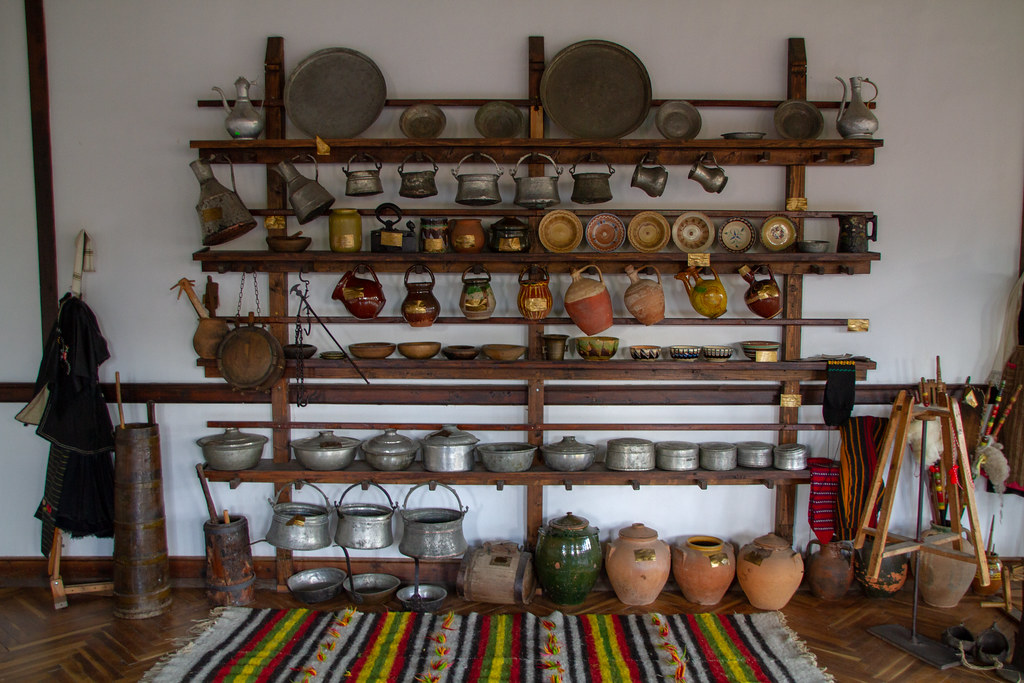

By the way, Koprivshtitsa was the first town that triggered the April Uprising that started in 1876 as resistance against the Ottoman rule. Even if they were able to do business freely in the Ottoman Empire, they were still under the control of other ethnic groups. As I mentioned above, Koprivshtitsa had accumulated financial power and strength by the commerce, and because of the historical background of the 19th century, the influential people in this town made a big uprising for the country and stood up against the Ottoman Empire. However, this April Uprising ended in failure. Some of the uprising leaders were captured by the Ottomans and spent their lives in prison.
We were able to visit the residence of the man who was at the center of it all, and we saw statues of local notables throughout the village.



In the 19th century, there was a movement for the education of children in the Bulgarian language and the history of the Bulgarian people. In the house there is a school (classroom) from that period, and inside there is an exhibition of Bulgarian folk education.


By the way, the city is located in the forest in the mountains, so it is very natural and comfortable. There is also a beautiful stream running through the city, which makes the city more comfortable.

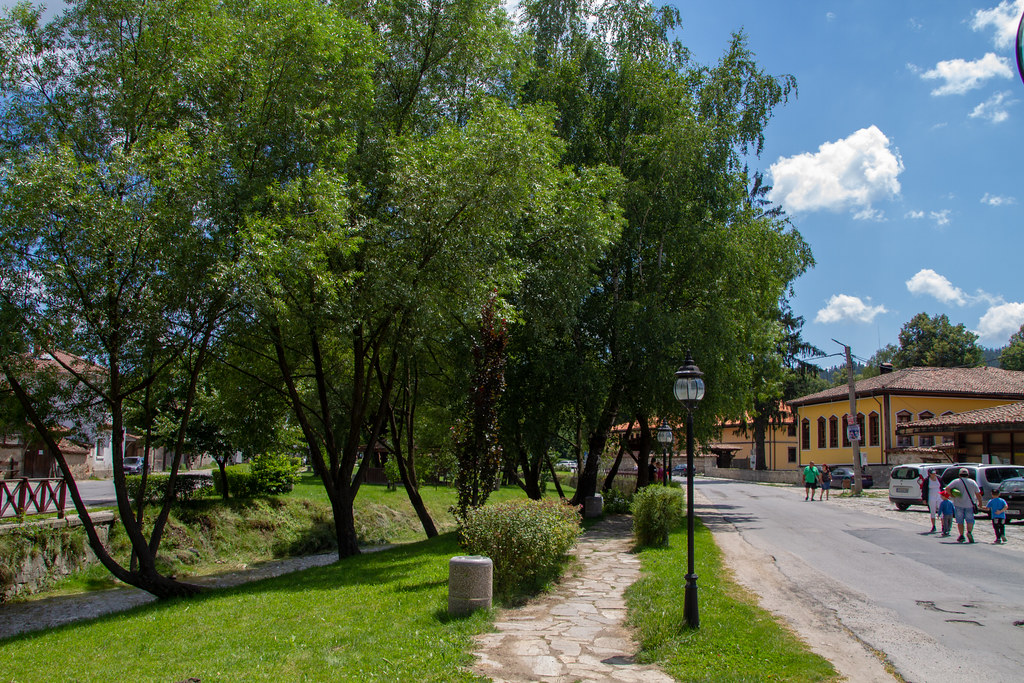
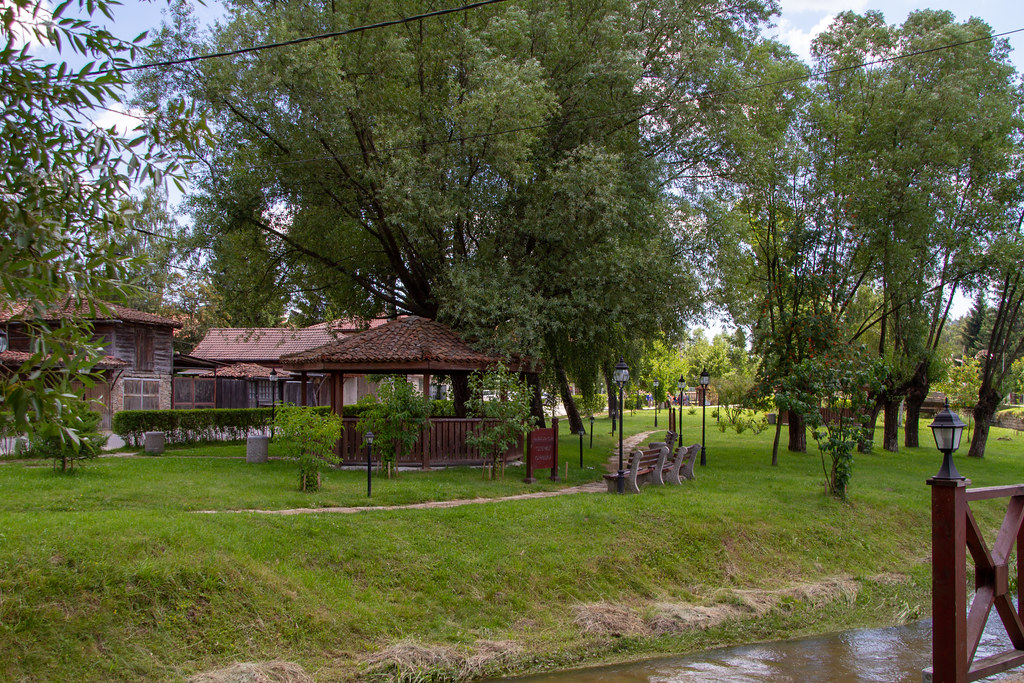

As for the food, we decided to have lunch here since we arrived just after noon.
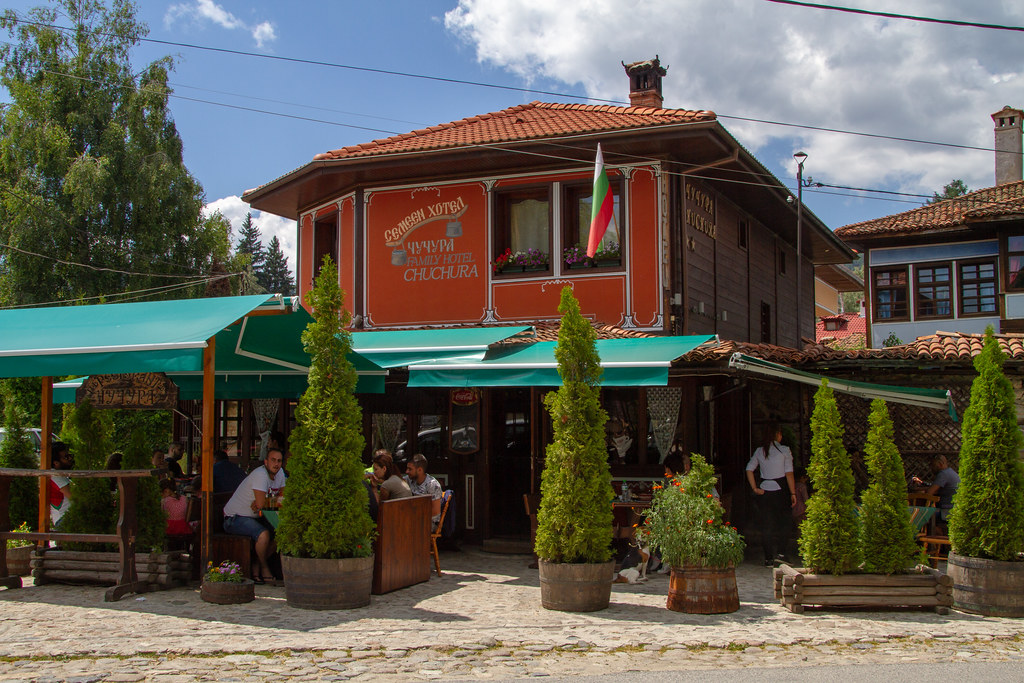
Bulgarian food is very similar to Turkish, or even Turkish itself. The food is very tasty, with meat and other ingredients steamed in such containers, and seasoned with nice spices.
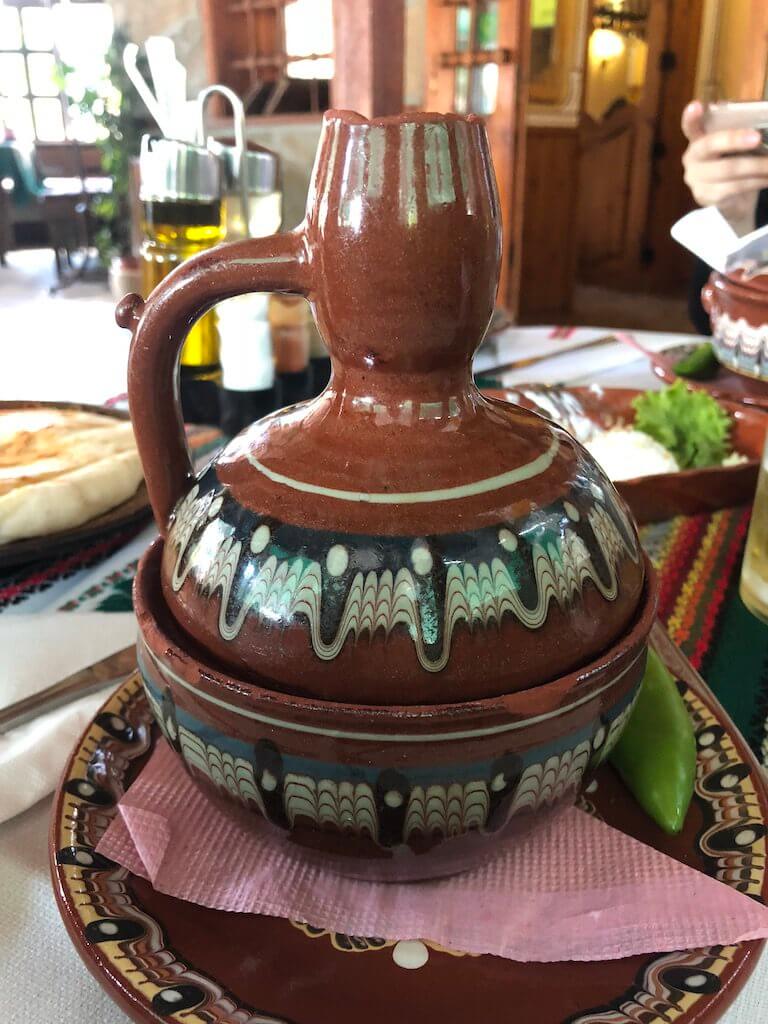
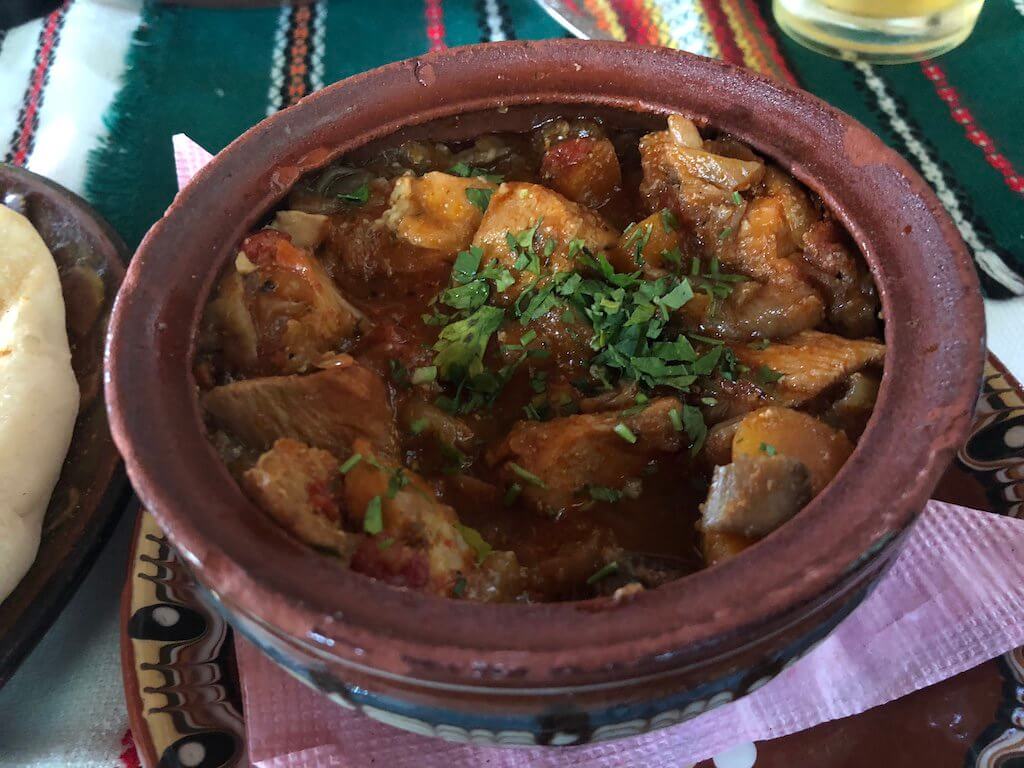
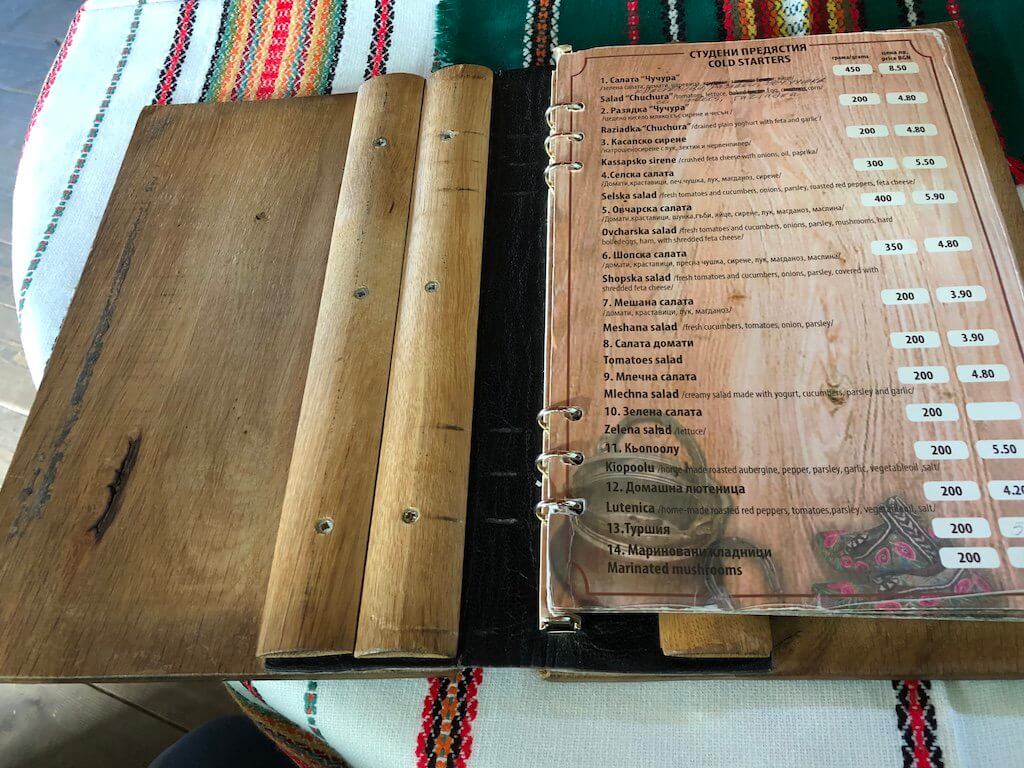
This is a city that puts a lot of effort into tourism, so it has a good selection of restaurants and accommodations, and the souvenir shop near the tourist information center was very nice. I bought a nice t-shirt here because I wanted to have some room clothes to spend in the hotel.
It was a beautiful sunny morning and the hottest time of the day when we were just sightseeing. And there were a lot of people.



It took us almost 4 hours to walk around the city and visit the beautiful houses, even though we had a meal included. The departure time from Koprivshtitsa was after 16:00, and we headed for Plovdiv, the second largest city in Bulgaria. This is where we will stay for the night.


